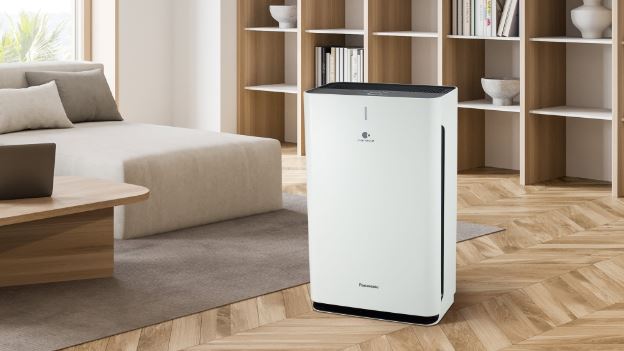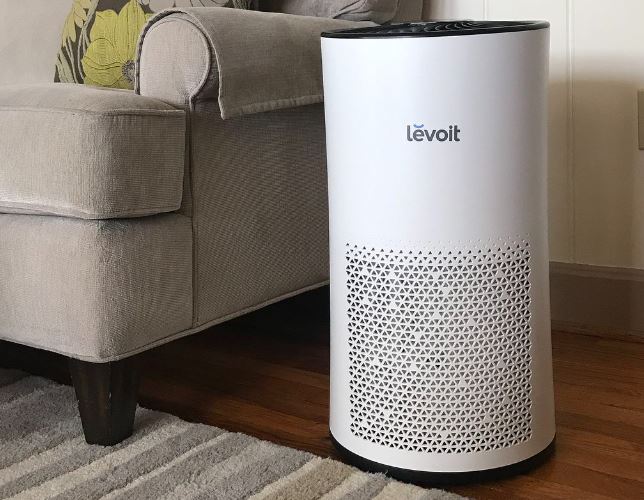Silent Guardians: Air Purifiers Protecting Your Family's Well-being
Silent Guardians: Air Purifiers Protecting Your Family's Well-being
Blog Article
In an era of heightened health awareness, the quality of the air we breathe has become an increasingly important consideration for many people. With growing concerns over air pollution and a greater awareness of the impacts of indoor air quality on our health, it's no surprise that the demand for air purifiers is on the rise.
Air purifiers are appliances that eliminate airborne contaminants in a given area, promoting healthier indoor air. They are ideal for people with allergies, asthma, or other respiratory issues as they can drastically decrease the amount of allergens, pollutants, and irritants in the air. Healthy individuals, too can take advantage of air purifiers, as they offer peace of mind and an extra layer of protection against airborne illnesses.
This article will dive deep into the fascinating realm of air purifiers, examining their advantages, the different types available, key considerations when making a purchasing decision, and how to get the most out of your device. By the end, you should have a comprehensive understanding of air purifiers and be able to decide confidently about whether investing in one is the best option for you and your family.

Unraveling Indoor Air Contaminants and Their Effects on Well-being
To understand why air purifiers are essential, it's vital to understand the kinds of pollutants they target and the likely impact of contact with these pollutants.
Indoor air pollutants can be broadly grouped into three primary types:
- Particulate Contaminants: This includes tiny solid and liquid particles floating in the atmosphere. Examples include pollen, smoke, dust, pet dander, and mold spores, to name a few. Particulate matter can trigger respiratory problems and set off allergic responses.
- VOCs: A Concern for Indoor Air: VOCs are gaseous compounds released from solids and liquids. Sources of VOCs include cleaning agents, paints, aerosol sprays, pesticides, and similar products. Exposure to VOCs can lead to irritation of the eyes, nose, and throat, as well as headaches and nausea.
- Biological Contaminants: These include bacteria, viruses, mold, and mildew. They can cause a spectrum of health concerns, from mild allergic reactions to severe infections.
The effects of these pollutants on human health can greatly vary. For people with respiratory issues or a vulnerable immune system, exposure to indoor air pollutants can lead to serious health issues. Even those in good health, prolonged exposure over time to certain pollutants can contribute to the development of respiratory issues and other health problems over time.

The Science Behind Air Purifiers
Air purifiers use a variety of physical and chemical processes to trap and eliminate airborne pollutants. Understanding the underlying principles employed by purifiers will help you grasp how they work and the variety of options on the market.
Here are the primary mechanisms and innovations used in air purifiers:
- Mechanical Filtration: This is the most widely used approach used in air purifiers. It involves using filters designed to trap airborne particles as air is drawn into the purifier. The filtration media varies, each designed to capture specific types of particles. For example:
- Pre-filters: The First Line of Defense: These are usually the initial barrier, capturing larger particles like dust, hair, and similar larger particles.
- HEPA Filtration: Unparalleled Performance: HEPA filters are highly effective at trapping ultrafine particles, including dust mites, pollen, bacteria, and viruses. To be labeled a true HEPA filter, it must capture at least 99.97% of particles as small as 0.3 microns.
- carbon filtration: These filters are designed to adsorb odors, VOCs, and gaseous pollutants.
- The Power of Ionization: Ionizers use electrical charges to create ions with a negative charge, which bind to particles in the air. The particles become charged, causing them to stick to surfaces or the purifier.
- Ozone Generators: Some air purifiers use ozone as a potent disinfectant to destroy contaminants. While effective, ozone can also be harmful to human health so these types of purifiers should be used with moderation and in well-ventilated areas.
- Ultraviolet (UV) Light: UV light can be used to neutralize bacteria, viruses, and mold spores. UV light and filters: a dynamic duo to eliminate particles, while UV light ensures any remaining biological contaminants are destroyed.
The Ultimate Air Purifier Guide
With a plethora of options available, selecting the right air purifier can be a daunting task. It's important to consider a range of criteria to ensure you make the best decision for your unique requirements and space.
Here are some crucial points to consider:
- Sizing Up the Room: Air purifiers are typically rated according to room size, so it's important to choose a model that can efficiently purify the air in the designated space. Most purifiers will list a maximum room size or a Clean Air Delivery Rate (CADR), which indicates the volume of filtered air delivered per minute.
- Type of Contaminants: Identify the specific pollutants you want to target. If you suffer from allergies, look for a purifier with a HEPA filter. For reducing unwanted smells, consider a model with a activated carbon filter. If you're concerned about pathogenic microorganisms, a purifier with UV light disinfection might be best.
- Quiet Operation: Air purifiers can produce different noise levels, so if you plan to use it in a bedroom or quiet space, look for models with a low-noise or sleep mode.
- Maintenance and Costs: Consider the regular maintenance and associated costs of the purifier. HEPA filtration systems may need periodic replacement, depending on use and environmental factors. Remember to budget for filter replacements when making your choice.
- Smart Innovations: Many purifiers offer smart features like air quality sensors, automatic modes, and Wi-Fi connectivity, allowing wireless control and real-time data. These features can improve your purifier's performance and ease of use.
Maximizing the Benefits of Your Air Purifier
Once you've invested in an air purifier and set it up, there are several things you can do to ensure it operates at optimal levels and delivers the optimal results:
- Optimal Placement: Position your purifier in an open area, away from walls and furniture, to ensure effective airflow. Avoid placing it near windows or doors as drafts can impact its efficiency.
- Keep it Running: For the best results, it's recommended to run your purifier around the clock. Many models have low-energy settings or automatic modes that adapt to the air quality, so you can maintain clean air without running up a huge energy bill.
- Filter Maintenance: Regularly check and replace filters as recommended by the manufacturer. Over time, filters become filled with trapped particles, impacting performance. Mark the date of replacement on your calendar so you don't forget.
- Reducing Indoor Contaminants: Alongside using an air purifier, take steps to minimize indoor air pollutants. This could include frequent dusting and vacuuming, opting for natural cleaning solutions, and reducing chemical or aerosol usage. Report this page